In our last blog, we at Bridal Spectacular put together a list of some the top of definitions to help you master the lingo of wedding planning and invitations. Next up is one of the most fun, yet complex topics — the wonderful world of wedding gowns, styles, fabrics and accessories. Let’s get started!
DRESS STYLES
A-Line: A dress silhouette that has a fitted bodice and slight flare starting around the waist, extending to the floor.
Asymmetrical: Dresses with features like one shoulder strap or layering that creates an uneven, spatial arrangement or silhouette.
Ball Gown: A dress silhouette with a fitted bodice and full skirt. Appropriate for traditional or formal weddings. Also known as a “full skirt” wedding dress.
Basque: A waistline that dips below the natural waist forming a “V” above the pelvic.
Blouson: Blouson designs are, as the name implies, blousy. They’re gathered at the waist or an inch or two below.
Bustle: A system for shortening or holding up the train of a wedding dress; usually involving hooks, strings, snaps or buttons.
Drop Waist: An elongated waistline that is positioned a few inches below the natural waist.
Empire: Distinguished by a high waist, hitting just below the bust. The empire styling elongates the body, minimizes pear-shaped figures and can conceal a disproportionately large or small bust.
Mermaid: Fitted on the body from the chest to the knee, then flares out close to the knee. Ideal for slender frames and hourglass body types who are willing to show off their curves.
Mini: A gown with a hemline that falls at or above the knee.
Princess: Created from unbroken vertical panels, this style can take a classic A-line shape or have a more exaggerated flare. It’s considered a slimming design that will suit most body types.
Sheath: A dress style that features a narrow, straight silhouette style. Also referred to as a “column dress.”
Trumpet: Fitted through the body and flairs mid-thigh. The cut is between a modified a-line and a mermaid cut. Ideal for frames with small waists, such as the hourglass, banana, and petites.
NECKLINES
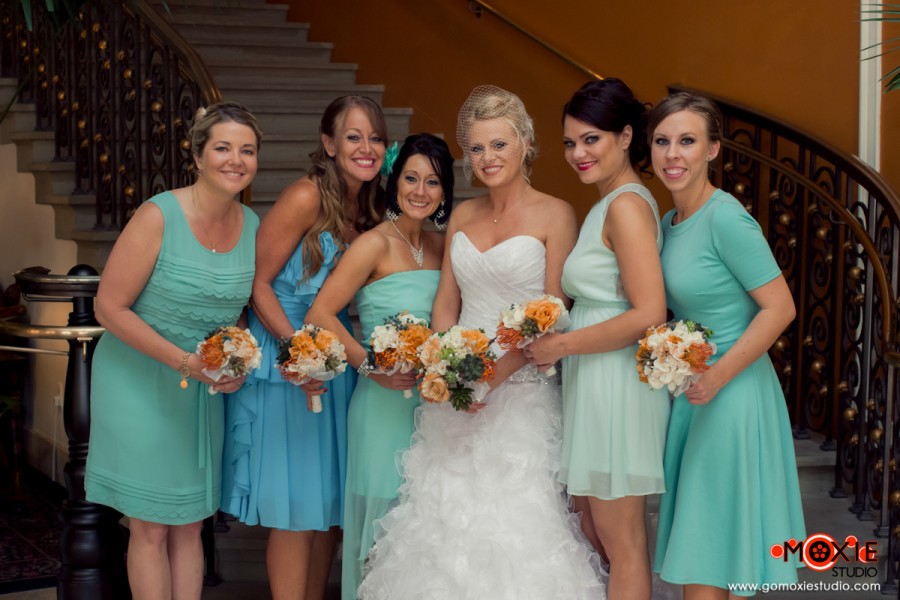
Boat Neck: This style rests along the shoulder points, revealing the collarbone. It’s also known as a bateau.
Cowl Neck: Loosely draped fabric, styled either high or low at the neck and bust characterize this component.
Drop Shoulder: A look consisting of bands or sleeves that start below the curve of the upper arm.
Halter: The top is angled at a diagonal along the outer bust and neck to fasten behind the neck.
Illusion Neckline: A transparent panel that extends from the bust to the collar of a dress. Often made from tulle, net, or lace.
Jewel: A neckline that follows the curve at the base of the neck and does not include a collar.
Scoop Neck: This neckline can be daring or modest with this component but ends in a curve instead of a point.
Spaghetti Straps: A neckline characterized by very slender, supportive straps at the shoulder.
Square Neck: This neckline has a horizontal line across the front of the bodice terminating in sheer vertical straps or shaping on either side. Viewed from the front, it looks like a cutout in the shape of a square or rectangle.
Strapless: As the name implies, this look leaves the shoulders bare. This style is supported by the structure of the bodice.
Sweetheart: A component characterized by a curve over the chest to dip into a shallow or deep V like the top of a heart.
V-neck: This neckline is defined by the shape of a plunging or shallow letter V.
HEM LENGTH
Ballerina: At or just above the ankle
Floor: Brushing the floor or slightly above
Hi-lo: Also called an intermission hem, it hits at mid-calf in front and is floor length in back
Mini: Above the knee
Street: Just covering the knee
Tea: Hanging a few inches above the ankle
SLEEVE STYLES
Bell: Snug to the elbow and then flaring to the wrist
Capped: Very short, closely fitted and slightly rounded
Dolman: Joined to the bodice above the elbow and tapering to the wrist
Puff: Gathered or pleated at the shoulder. Depending on the amount of volume involved, can include: Juliet, bishop, leg-of-mutton, balloon, poet and pouf
Three-Quarter: Ending between the elbow and wrist
Tulip: Overlapping fabric that creates a series of petal shapes
VEILS & ACCESSORIES
Birdcage: A veil that skims the face and head, never falling below the chin.
Blusher Veil: A short veil that extends to just below the chin (so as not to interfere with the bouquet).
Cathedral Train: A dress train typically over 7 feet long from the waistline. Usually reserved for formal or traditional (religious) ceremonies.
Cathedral Veil: A dramatic veil length that extends to the floor, usually 120 inches long.
Fascinator: A hair accessory that’s worn to the side and is often made of feathers, flowers, or wisps of fabric. It’s often embellished with crystals, beads, or loops of ribbon, and attached with a comb, headband, or bobby pins.
Fingertip Veil: A traditional veil that reaches the bride’s fingertips when her hands are at her sides.
Floor Length Veil: Also known as ballet length, these veils just brush the floor and are roughly 72 inches long.
Flyaway Veil: A multilayered veil that brushes the shoulders and is perfect for dresses with open or intricate backs.
Mantilla Veil: A Spanish-style veil with a wide lace border that lays over the head.
Three-Piece Veil: A short blusher, wrist-length drop, and sweeping chapel-length veil in one.
FABRICS & GARMENTS
Applique: A decorative design made of one material sewn over another.
Bustier: A form-fitting undergarment that features boning or mesh panels and a bra top. A form of shapewear worn under the dress (or as lingerie), it pushes up the bust and shapes the waist.
Chiffon: A lightweight, flowing sheer fabric of sheer silk or rayon.
Crepe: A lightweight fabric of silk, cotton, or wool with a crinkled surface. Also known as “crape.”
Foundation: A shaping undergarment such as a corset or girdle.
Ruched: Fabric that is gathered into figure-flattering ruffles or pleats.
Shapewear: Undergarments with built-in support that smooth, slim, and create a beautiful silhouette.
Silk shantung: A heavy fabric that is often made with either silk fibers or other synthetic fibers. Sometimes referred to as “spun wild silk.” It is somewhat rough but not unpleasant to the touch.
Taffeta: Crisp, smooth fabric often made from silk or synthetic fibers.
Tulle: A fine netted fabric used for veils or gowns, also commonly used for tutus.
Please stay tuned for our next blog where we’ll cover the top terms for flowers, cakes and catering! In the meantime, for more wedding planning tips, ideas and inspiration, please visit bridalspectacular.com or follow us on Facebook, twitter and Pinterest.
And, be sure to save-the-date to attend our Autumn Bridal Show August 21 and 22 at Cashman Center where you’ll find all the latest wedding gowns and styles! Receive $5 off admission when you buy tickets online! Click here and enter promo code: BLOG2015
Author: Deidre Bakker-Riches
1 comment on “Wedding Terms 101: Gown Styles, Fabrics & Accessories”
Comments are closed.

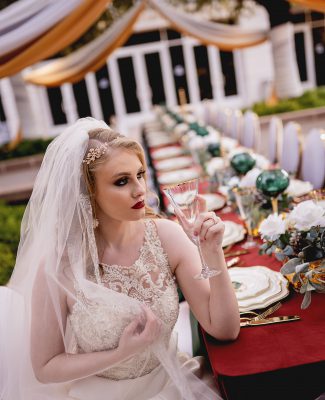
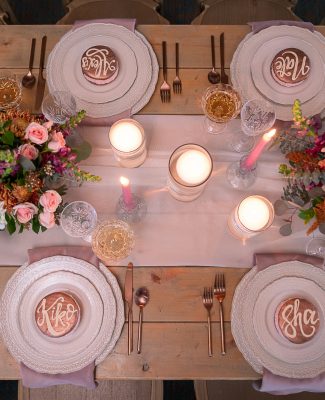
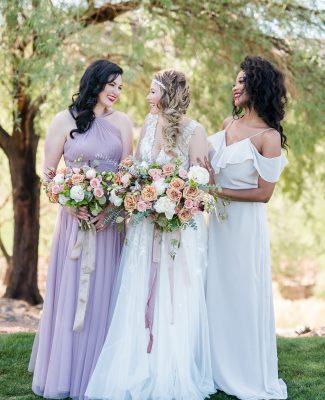
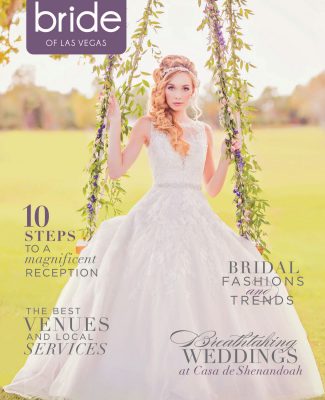
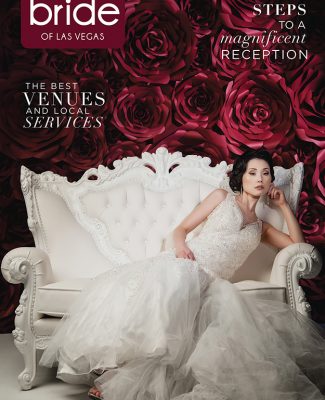
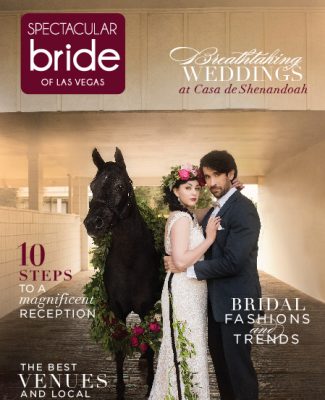
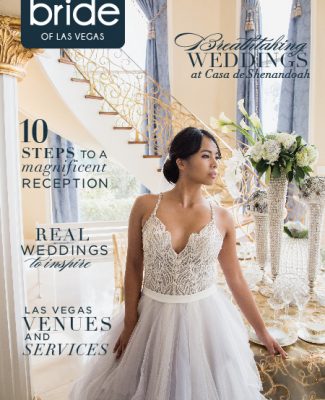
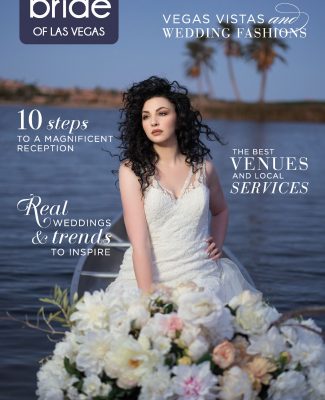
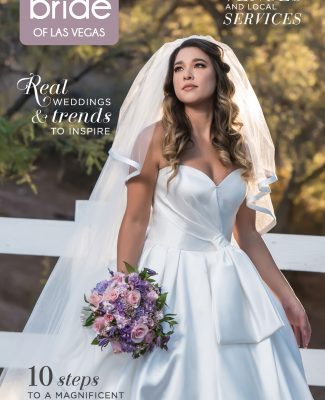
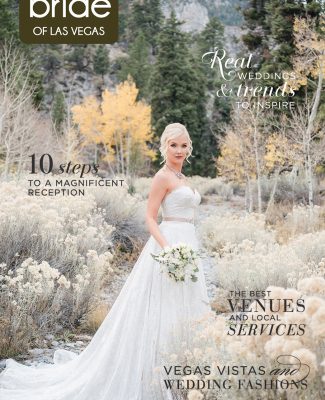
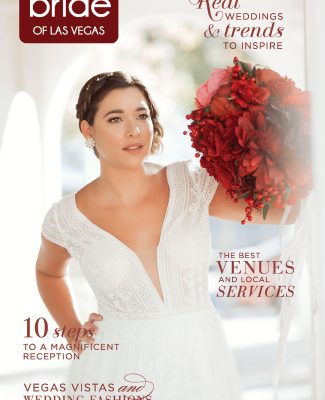
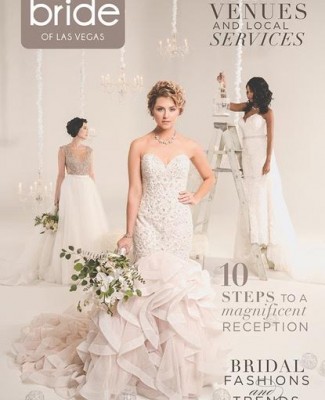
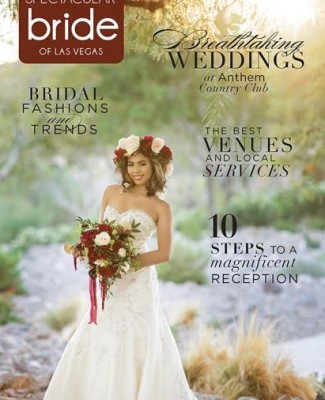
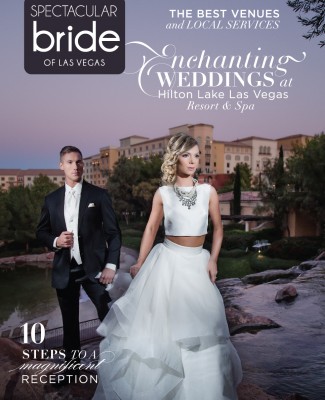
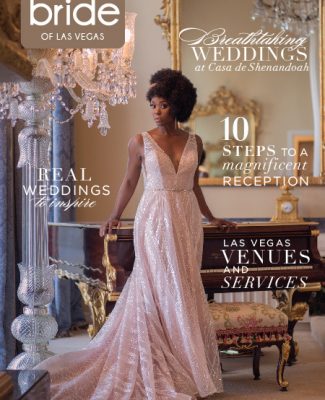
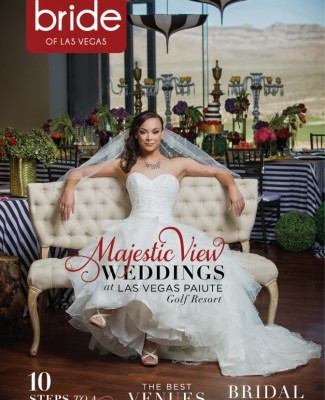
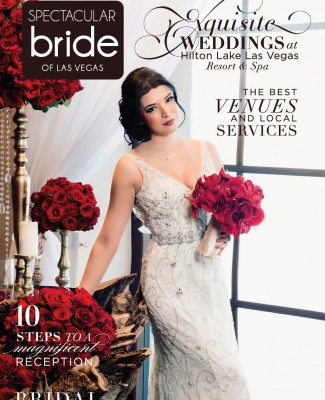
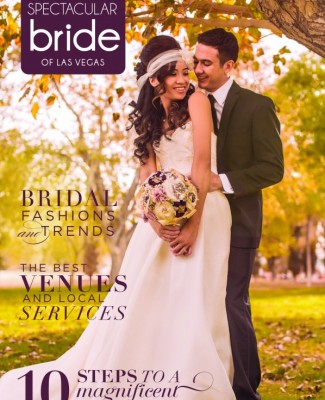
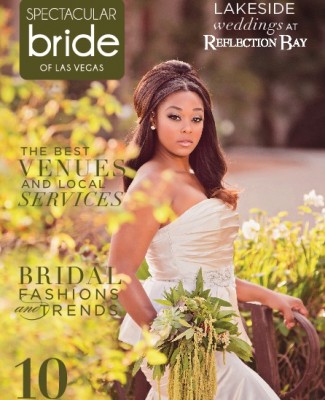
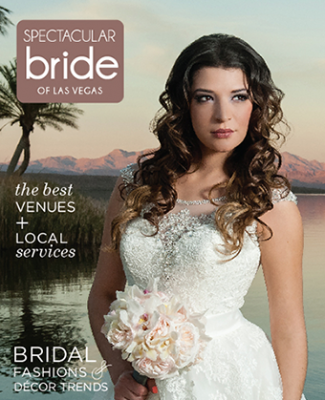
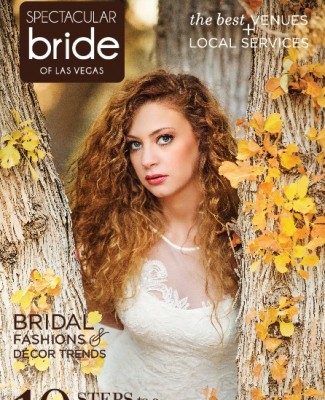
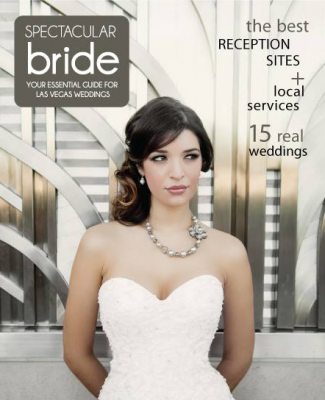
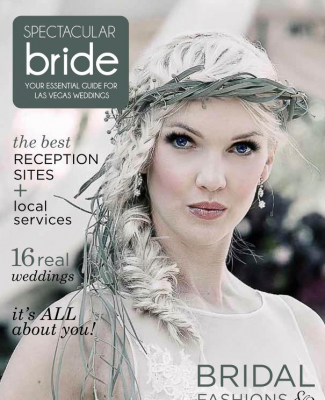
















I love that there are so many unique options, styles, and designs for wedding gowns. This allows the bride to showcase her own unique style! Thanks for sharing.